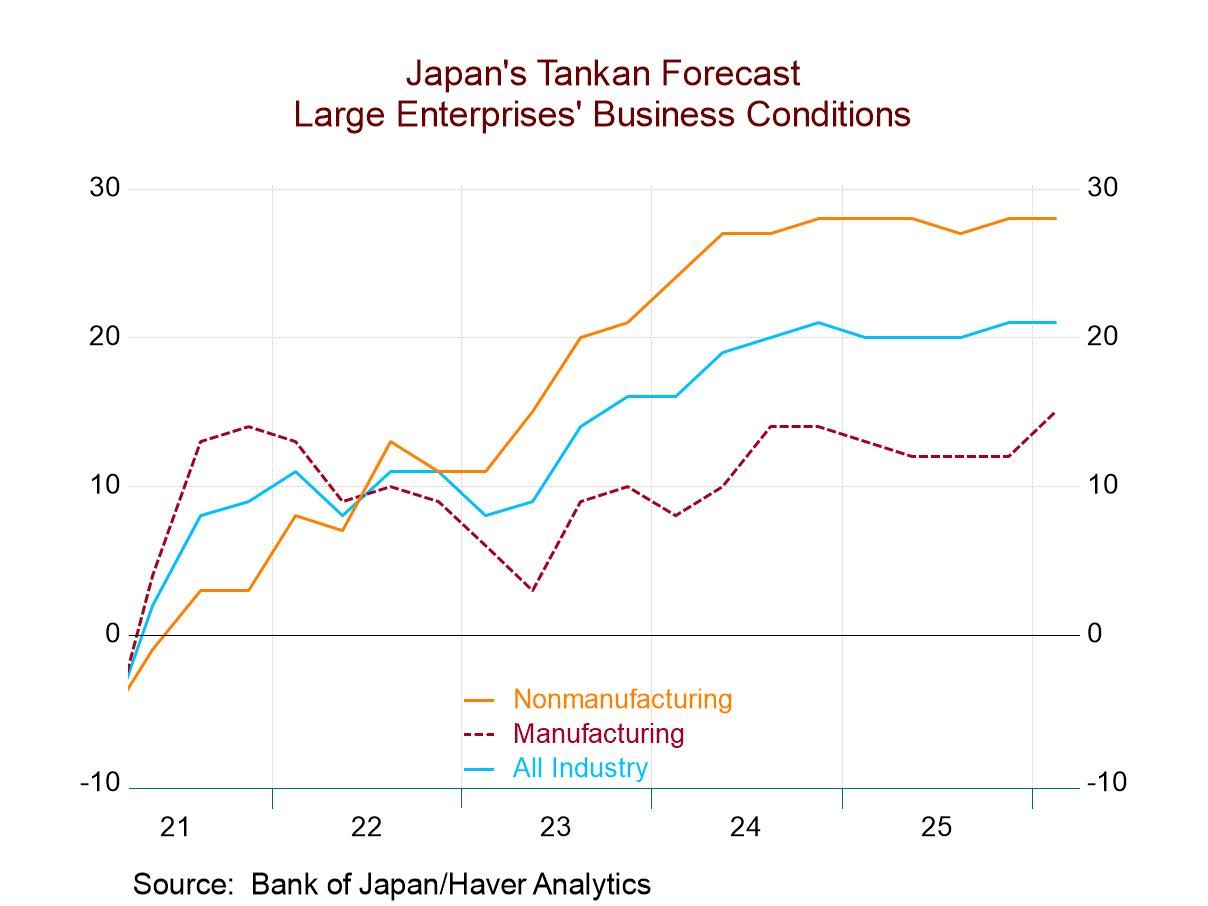U.S. Initial Jobless Claims Slightly Up in October 28 Week
Summary
- Latest week up 5,000 from week before.
- Continuing claims up 35,000 to 1.818 million.
- Insured unemployment rate still at 1.2%; high during 2023 just 1.3%.


Initial claims for unemployment insurance were 217,000 seasonally adjusted in the week of October 28, up 5,000 from the week prior. That number was revised slightly to 212,000 from 210,000 reported before. The four-week moving average in the October 28 week was 210,000, up from 208,000 the week before. For the latest week alone, the Action Economics Forecast Survey expected 212,000.
The total number of insured unemployment, also known as “continued weeks claimed” or “continuing claims,” was 1.818 million in the October 21 week (+27.0% y/y), a rise of 35,000 from the October 14 week level of 1.783 million. The four-week moving average was 1.758 million for the October 21 week, up from 1.722 million the week before. This figure has risen gradually over recent weeks but remains around the level that existed in the year prior to the pandemic lockdown and so, does not seem to be indicating any meaningful softening of labor markets.
The insured unemployment rate, that is, the number of recipients in the latest available week as a percentage of covered employment, was 1.2% in the October 21 week, a fourth consecutive week at that level. This latest rate thus extends the tight range for the insured unemployment rate, 1.0%-1.3%, which has prevailed throughout 2023. The all-time low for this rate was 0.9%, which was recorded in August, September and early October of last year. These rates run back to 1971.
The insured unemployment rates in regular programs vary widely across states and territories. In the week ended October 14, the highest rate was still in Hawaii (2.14%); other of the highest rates were in New Jersey (2.05%), California (2.01%), Puerto Rico (1.92%) and New York (1.57%). The lowest rates were in South Dakota (0.19%), North Dakota (0.27%), Kansas (0.32%), Virginia and Kentucky (each 0.33%), Florida (0.38%), New Hampshire (0.39%) and Nebraska (0.40%). Other sizable states include Ohio (0.71%), Texas (1.01%), Pennsylvania (1.35%), Illinois (1.38%) and Massachusetts (1.49%). These state data are not seasonally adjusted.
Data on weekly unemployment claims go back to 1967 and are contained in Haver’s WEEKLY database; they are summarized monthly in USECON. Data for individual states are in REGIONW back to December 1986. The expectations figure is from the Action Economics Forecast Survey, in the AS1REPNA database.


Kathleen Stephansen, CBE
AuthorMore in Author Profile »Kathleen Stephansen is a Senior Economist for Haver Analytics and an Independent Trustee for the EQAT/VIP/1290 Trust Funds, encompassing the US mutual funds sponsored by the Equitable Life Insurance Company. She is a former Chief Economist of Huawei Technologies USA, Senior Economic Advisor to the Boston Consulting Group, Chief Economist of the American International Group (AIG) and AIG Asset Management’s Senior Strategist and Global Head of Sovereign Research. Prior to joining AIG in 2010, Kathleen held various positions as Chief Economist or Head of Global Research at Aladdin Capital Holdings, Credit Suisse and Donaldson, Lufkin and Jenrette Securities Corporation.
Kathleen serves on the boards of the Global Interdependence Center (GIC), as Vice-Chair of the GIC College of Central Bankers, is the Treasurer for Economists for Peace and Security (EPS) and is a former board member of the National Association of Business Economics (NABE). She is a member of Chatham House and the Economic Club of New York. She holds an undergraduate degree in economics from the Universite Catholique de Louvain and graduate degrees in economics from the University of New Hampshire (MA) and the London School of Economics (PhD abd).






